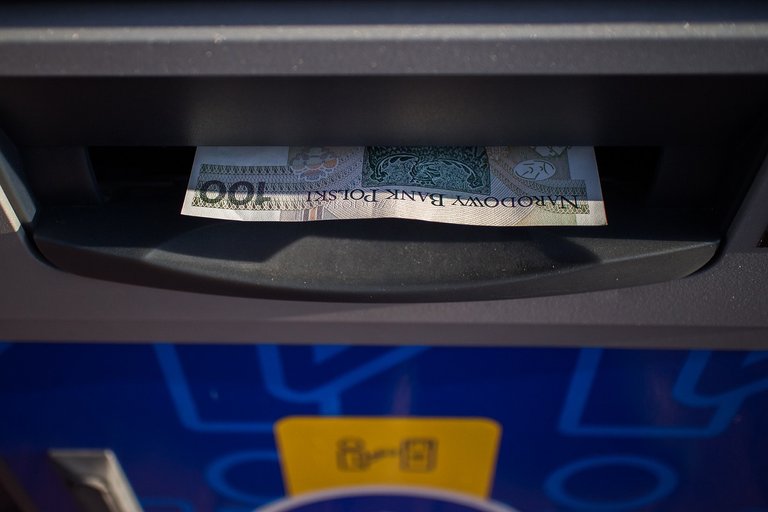Banking in Cuba
Hello, friends. Just a few months ago in Cuba, Resolution 111/2023 from the Central Bank of Cuba sparked a variety of opinions, criticisms, and even memes on the always active Cuban social network. What makes this resolution special? Well, for starters, it's causing more headaches than solutions.
From the official perspective, banking is like the miraculous remedy that will solve all of the island's economic woes. At least that's what they want us to believe. According to authorities, increasing levels of banking is essential for security, efficiency, and transparency in economic transactions. However, what they don't tell us is that the Cuban banking system is more outdated than the 1950s cars that roam the country.
The measure, presented as gradual, has generated more chaos than order. From cash shortages to eternal lines at banks and ATMs, citizens face obstacles that make the process as slow as applying for a checkbook or withdrawing cash from ATMs.
The ATMs, involuntary protagonists of this drama, are rarely seen, and when they do appear, no one knows if they will fulfill wishes, as in most cases, they lack money. The infrastructure is not only insufficient, but there are places where ATMs are nonexistent, or there are only 1 or 2 in a municipality with more than 15,000 inhabitants.
This resolution proposes prioritizing the use of ATMs for individuals, but the reality is that many of these devices are in critical condition and have weaker connections than internet signals in a storm. So, instead of solving problems, the measure seems to be creating new headaches.
For experts and entrepreneurs, banking doesn't have the logical explanation of how they will achieve in nine months what hasn't been achieved in over 10 years. It's as if suddenly all technological and infrastructure problems disappeared, like magic. But, as is often the case in reality, things are not so simple.
The withdrawal limit of 5,000 CUP (equivalent to about 20 usd) in cash has caused real discontent among the population. Although authorities claim that this limit is only for economic actors and not for individuals, in practice, experience contradicts these statements, although after a few months, they allow you to withdraw a little more than that amount. So in many places, you have to notify days in advance, where they write down your name on a list and notify you when they have that money available.
But the criticism doesn't just come from the private sector and ordinary citizens. Even within the government, concerns and limitations are acknowledged. The shortage of personnel in banks to meet demand, technological and infrastructure deficiencies, and the lack of preparation of the Cuban banking system for an accelerated banking process are just some of the dissenting voices. At this point, the situation has calmed down a bit, although it has also been relaxed.
Faced with the chaos generated by this measure, some wonder if it wouldn't be better to reverse it. The insistence on the gradual implementation has made many distrust the real intentions behind banking. Does it really benefit the people, or is it just another chapter in the series of controversial economic decisions?
The official announcement of the measure, presented as a solution to the country's economic problems, has been described by many as suicidal, dangerous, and even absurd. Even in the informal market, a new exchange rate emerged in the first weeks: cash for transfer with a 15% commission. It seems that the resolution is creating more problems than it intends to solve. I hope that with the passage of time, everything will find its course.
Banking in Cuba is far from the rosy path they promised us. It seems more like a dead-end labyrinth, where citizens and economic actors face seemingly insurmountable obstacles. Is this the solution Cuba needs, or just another measure?

📷 Xiaomi Redmi 9A | 💻 Asus Celeron N4020
Original Spanish text: Translated and formatted with Hive Translator by @noakmilo.
Twitter @bluisdey

Posted Using InLeo Alpha
